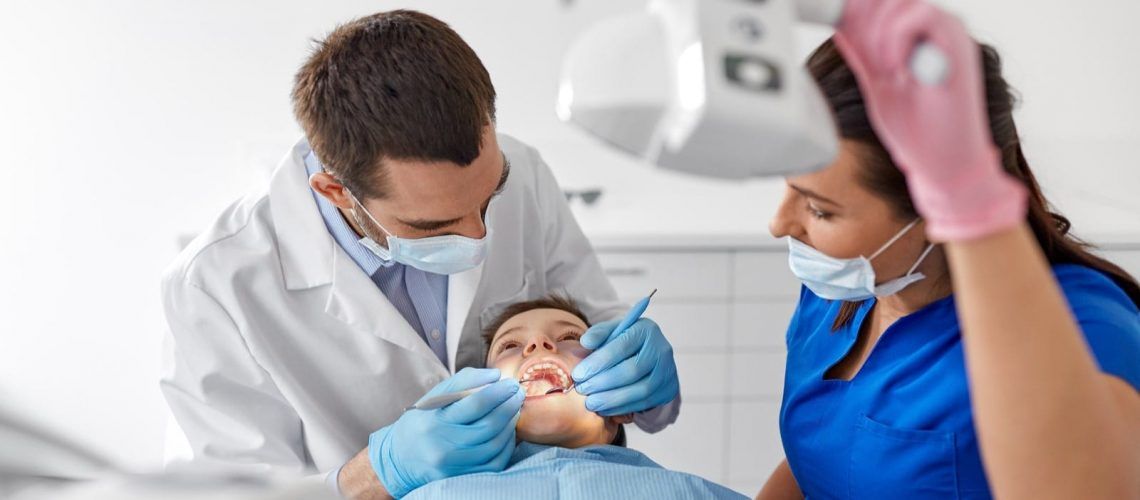Minimally invasive dentistry is a form of treatment that involves the treatment of issues with as little interference as possible. Traditional dentistry often involved the removal of healthy dental tissue as part of treatment. While the methods used were effective, better options have become available. Minimally invasive treatments preserve more tissue in the teeth, gums, and bones than traditional methods.
Is Minimally Invasive Dentistry Right For Me?
Being evaluated for minimally invasive dentistry starts with visiting your dentist. Your dentist will do a comprehensive exam to determine the health of your teeth. The first approach will involve suggesting changes to your diet and oral hygiene practices. These often include prevention techniques, remineralization processes, and restoration. You may be recommended to use floss and mouthwash, and perhaps change the tools you use. These aim to address immediate minor issues and prevent future problems. In addition, your dentist may offer the following treatments:
- Fluoride: This standard treatment strengthens the enamel, reinforces the dental surface, and prevents decay.
- Air Abrasion: The presence of decay may call for the use of air abrasion. Air abrasion uses a specialized device that emits a stream of air. This air contains a powder that is both very fine and abrasive. This allows fine control of how much material is removed.
- Regular Check-Ups: Consistent dental health care is an essential part of ensuring your good oral health remains that way.
- Sealants: A special resin designed to perfectly adhere to teeth and protect them from acid and decay. These were developed to help younger patients, but have found use in all age groups.
- Inlays and Onlays: This form of partial crown restores only that material that has become damaged. Traditional crowns require removing a lot more dental tissue, much of it healthy. Inlays and onlays are more flexible.
- Bite Splints: When bruxism, or teeth grinding, is a problem you may be given bite splints. They have to be custom made, but can stop damage from grinding.
For much of dental history, invasive techniques were deemed the most effective. With the introduction of new options that are less invasive, this fact is changing. Every year thousands of patients are being able to see the benefits of less-is-more. Keeping more healthy dental material is a sure way of ensuring lasting oral health for the long term.
Speaking To Your Dentist About Your Minimally-Invasive Care Options
Now that you know what minimally invasive dental treatments can do for you, it’s time to call your dentist. They’ll be able to arrange for an exam that will determine what will work for you. During the exam, they’ll check the health of your teeth and gums. They’ll then speak to you about the treatment options for your health. Among these options may be minimally invasive treatment options like those above. Each of them represents a healthier option for your teeth and gums than traditional treatments. If you want to learn more about this form of treatment, reach out to your dentist today. They’ll help you benefit from the newest technologies.



